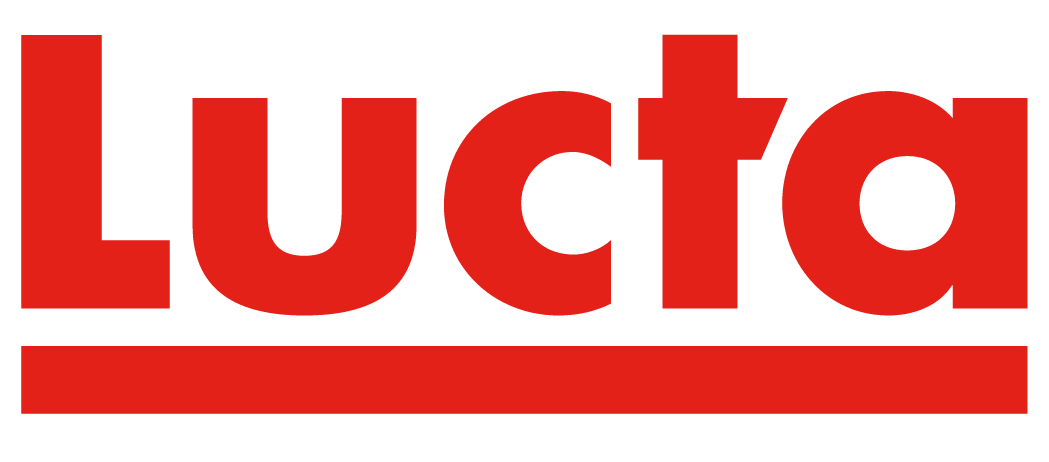A previous study showed that the use of a capsicum oleoresin based additive (Luctarom Convert – LOM) was able to improve dietary fat digestibility in broilers. This study was conducted to evaluate the effect of LOM on growth performance of broiler chickens fed diets differing on its fat source. A…
Diarrhea episodes in dairy calves involve profound alterations in the mechanism controlling gut barrier function that ultimately compromise intestinal permeability to macromolecules, including pathogenic bacteria. Intestinal dysfunction models suggest that a key element of intestinal adaptation during the neonatal phase is the nutrient-induced secretion of glucagon-like peptide (GLP)-2 and associated…
Subclinical chronic inflammation (SCI) is associated with impaired animal growth. Previous work has demonstrated that olive-derived plant bioactives exhibit anti-inflammatory properties that could possibly counteract the growth-depressing effects of SCI. To test this hypothesis and define the underlying mechanism, we conducted a 30-day study in which piglets fed an olive-oil…
The present study aimed to investigate the effects of supplementing a bioactive extract from Olea europaea (EOE) in broiler diets on growth performance. For this purpose, 252 1-d broiler chickens (Ross 308) housed in floor pens were randomly assigned to 3 experimental groups (6 pens / treatment, with 14 birds…
Umami taste helps to identify protein sources in swine diets. Data from our in vitro studies using a cell reporter system that expresses the porcine umami taste receptor showed that, besides certain amino acids, there are other candidates able to act as umami ligands. Results from in vivo studies with…
TOP CITED PAPERS IN REVIEWS IN FISHERIES SCIENCE AND AQUACULTURE 2019 Recent advances in understanding the molecular basis of taste physiology in fish could open new opportunities to optimize feeding performance in aquaculture. This is particularly relevant at a time when alternative ingredients are being increasingly used, often reducing the…
Trans-intestinal absorption (TIA) rates for the free amino acids (FAA) alanine, proline, and glutamic acid were measured in two developmental phases of Atlantic herring larvae: Early(14–16 day-post-hatch) and Late (37–39 day-post-hatch). TIA rates were determined by measuring net uptake of a 14C-radiolabeled FAA tracer solution into the body after administration…
The steady growth of aquaculture production worldwide paired with reduced availability and escalating costs of feed ingredients from wild fisheries has foster the use of alternative ingredients in fish farming. Nevertheless, even if the nutritional profile covers basic requirements, there are often issues with acceptability of such feeds. This study…
